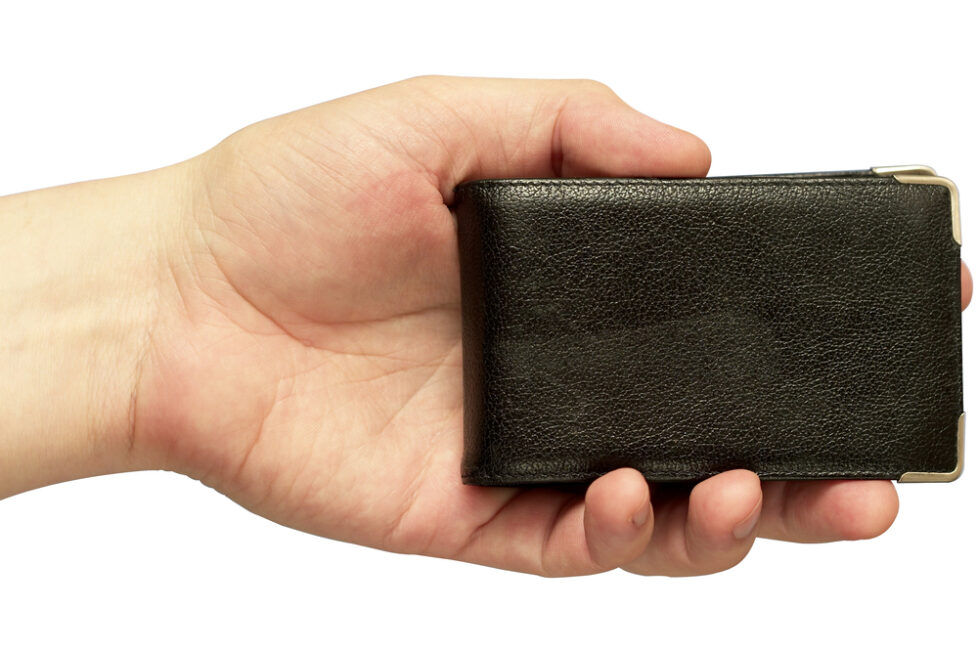Business Cards That Gets Results – How To Make A Lasting Impression

LINKS TO CONTENT
ToggleA business card is one of the most influential and timeless sales and marketing tools in the business world. It’s more than just a way to share contact details—it’s an opportunity to make a memorable first impression. While traditional cards are often overlooked, a well-designed business card can stand out, communicate your brand’s message, and set you apart from the competition. This guide explores business cards that get results, their impactful features, and why modern businesses should consider advanced options like die-cut and virtual cards. These innovative designs go beyond the traditional format, ensuring your card is remembered long after you hand it over.
Even in the digital era, business cards remain crucial to professional networking and brand promotion. They provide essential contact information and reflect your company’s identity and professionalism. Yet, many business cards lack the visual appeal and strategic design to capture attention.
To create a business card that truly gets results, consider the following strategies:
Generate a dynamic QR code for your card that can be customized with your company’s logo and linked to your professional portfolio, social media profiles, or promotional videos. With a single scan, recipients can instantly access more information, making your card a gateway to deeper engagement.
Use a sleek, modern design that reflects your brand’s aesthetic. Employ a mix of high-quality materials such as gloss, linen, or synthetic plastic to enhance the tactile experience.
While creativity is critical, the core purpose of a business card is to share information. Ensure all text is legible, avoid overly complex designs, and use white space to keep the layout clean and professional.
While business cards are perfect for making a personal connection and sharing essential contact details, leaflets allow you to expand your offerings, highlight promotions, and include more in-depth information about your business. Distributing both together creates a well-rounded marketing package that captures attention and leaves a lasting impression. You may also want to consider some cheap leaflets, which are a significant investment to get your business information out, providing an affordable way to reinforce your brand message and drive further engagement.
One of the most popular innovations is die-cut business cards. Unlike the standard rectangular cards, die-cut cards are shaped and designed to match your brand’s identity, allowing you to break free from the norm. Die-cut cards can instantly differentiate your business, whether you’re a creative professional or a corporate brand.
A die-cut business card is quite different from a traditional business card. It is custom-made to any shape or size using a unique cutting technique. This approach lets you create designs unique to your business. Imagine a cupcake-shaped card for a bakery or a camera-shaped card for a photography studio. The possibilities are endless!
Opting for a die-cut design ensures that your card is visually distinctive and memorable. This makes it more likely that your card will be kept and remembered rather than discarded. The creative possibilities with die cuts are unlimited, which is one of the best things in print media.
Custom die-cut business cards are tailored to represent your company’s essence. These cards can be cut to any shape, printed with vibrant colours, and finished with unique materials. They’re an excellent choice for businesses looking to make a bold statement and establish a solid brand identity.
As the world becomes more digital, thinking beyond physical cards is essential. Virtual business cards are emerging as a powerful alternative, particularly in a remote or virtual operating environment. They enable you to share contact information, links, and social profiles without needing a physical exchange.
Virtual business cards are digital versions of traditional business cards that can be shared electronically through email, social media, or a QR code. They typically include interactive elements like clickable links, embedded videos, and direct access to your website or portfolio.
Even if you operate in a digital space, there are ways to mimic the professional impact of a physical business card:
Use platforms like Canva or Adobe Spark to create a high-quality virtual business card that mirrors your brand’s identity.
Just like physical cards, include your logo, company colours, and font style to maintain brand consistency.
Add a QR code to your virtual meetings, email signatures, or social media bios. This way, potential clients and partners can access your digital card instantly.
Virtual business cards are eco-friendly and versatile, as they can be easily updated and shared across multiple platforms.
When designing business cards that get results, keep these fundamental principles in mind:
Business cards are not just for networking events—they can also be repurposed as practical promotional tools. Here are a few creative ways to make your business card go further:
It is essential to make your business cards work for you in a saturated market. Whether you choose a die-cut design, a virtual business card, or a mix of both, investing in business cards that get results will help you stand out and leave a lasting impression. If you’re ready to elevate your business card strategy, explore the possibilities of die-cut and virtual business cards today. With the right design and approach, your business card can become a powerful marketing tool that generates results and propels your business forward.
By incorporating these strategies and innovations, you can ensure that your business cards are more than just a piece of paper—they are a valid extension of your brand.
